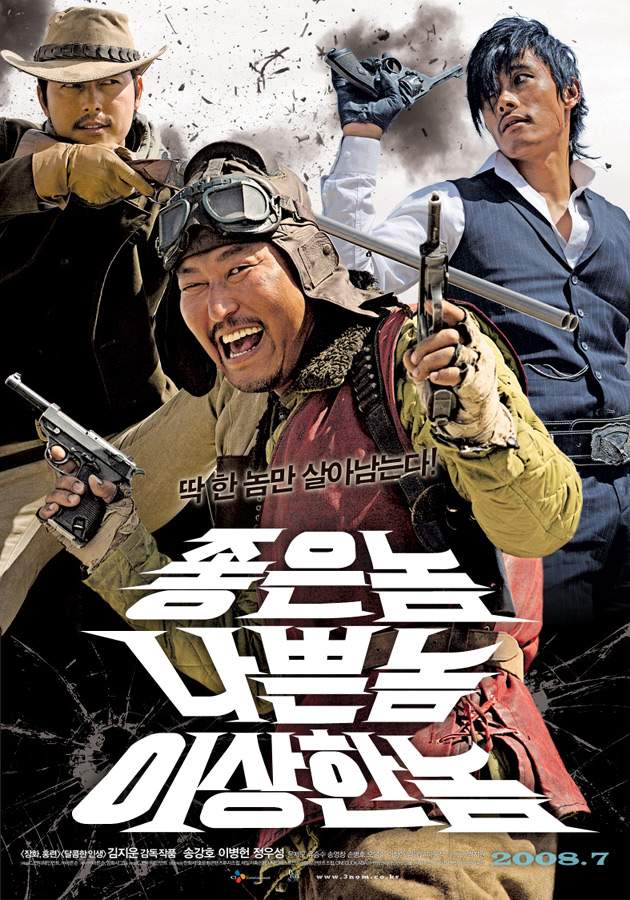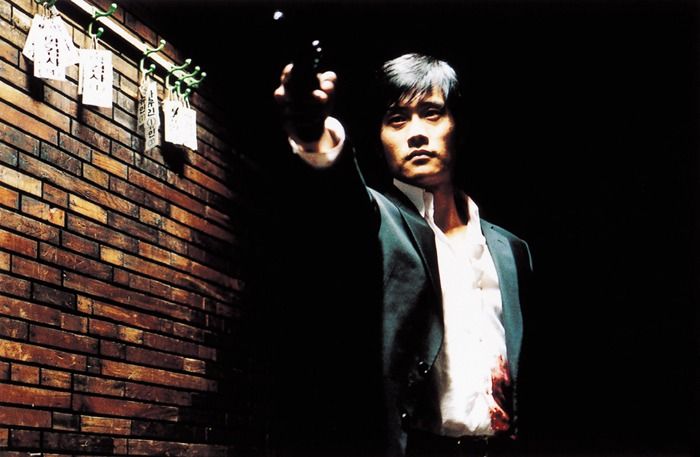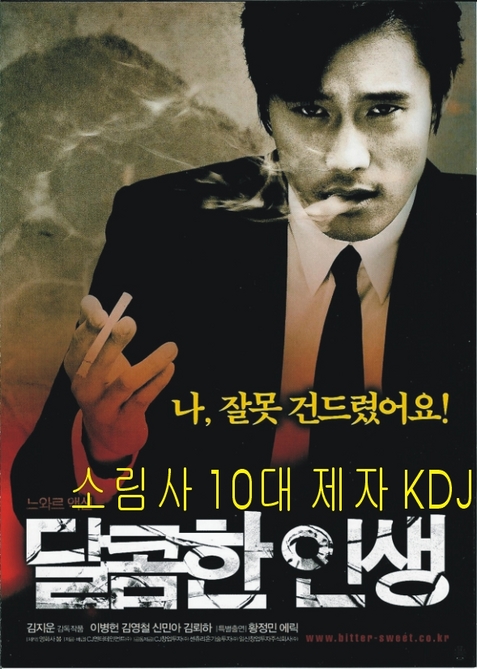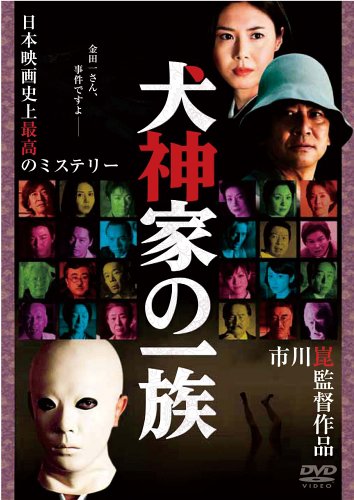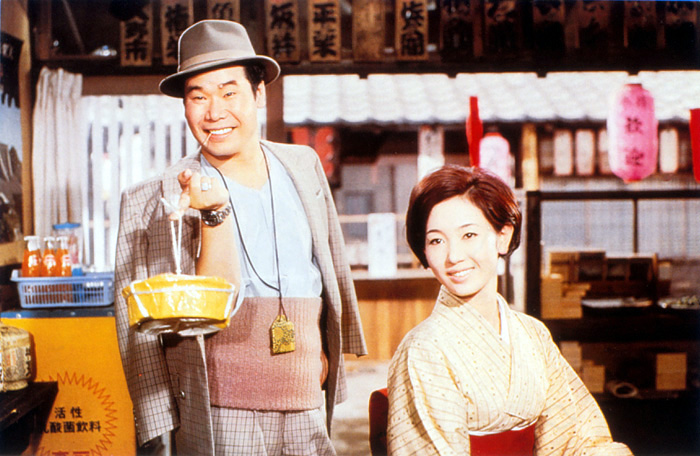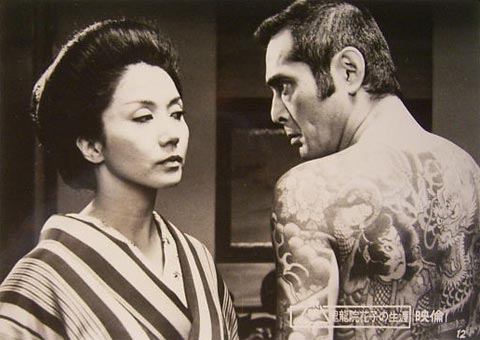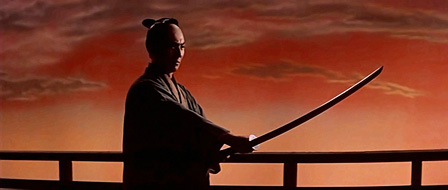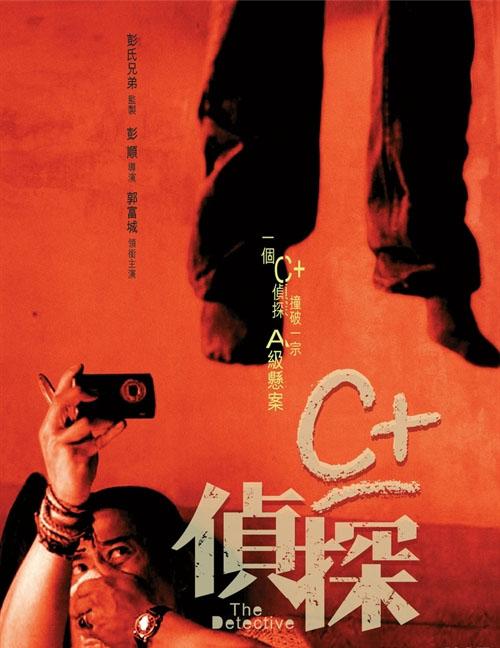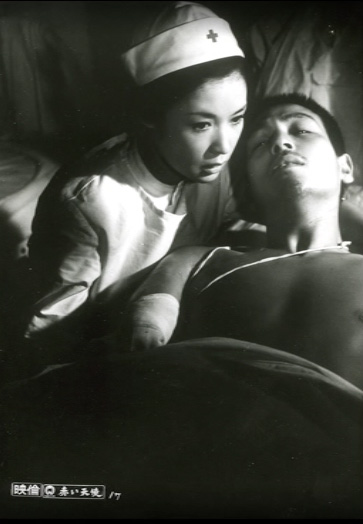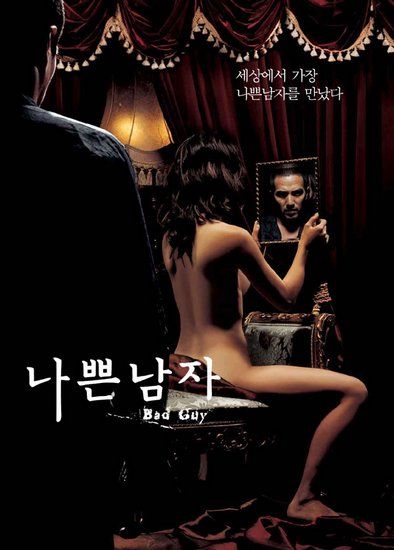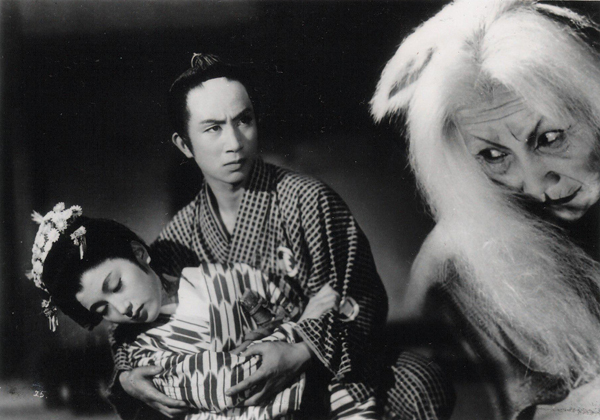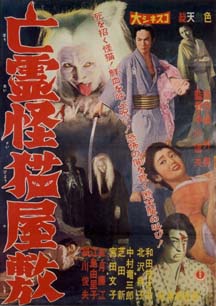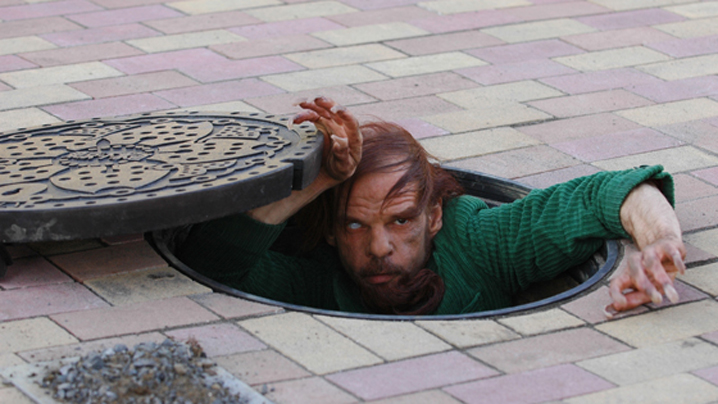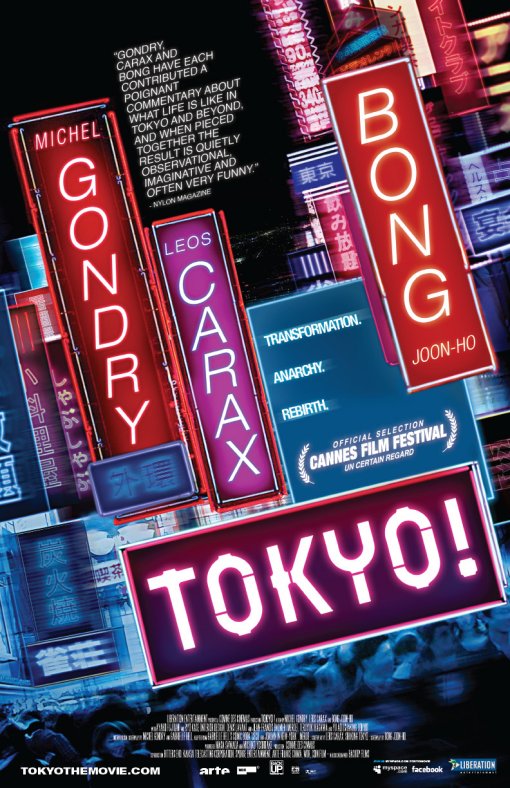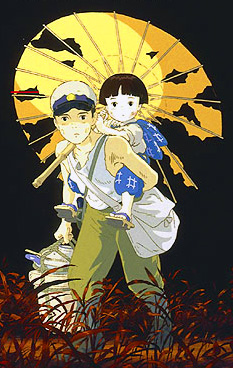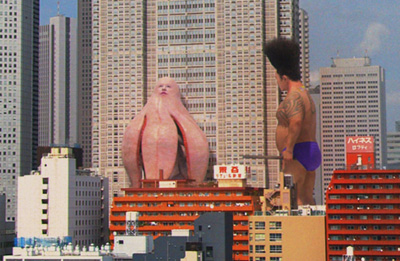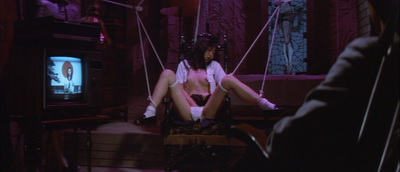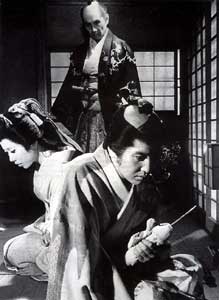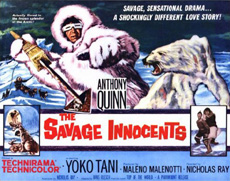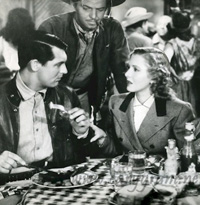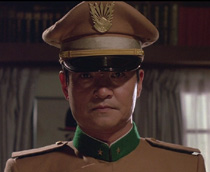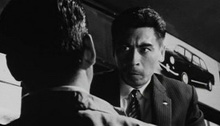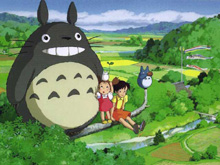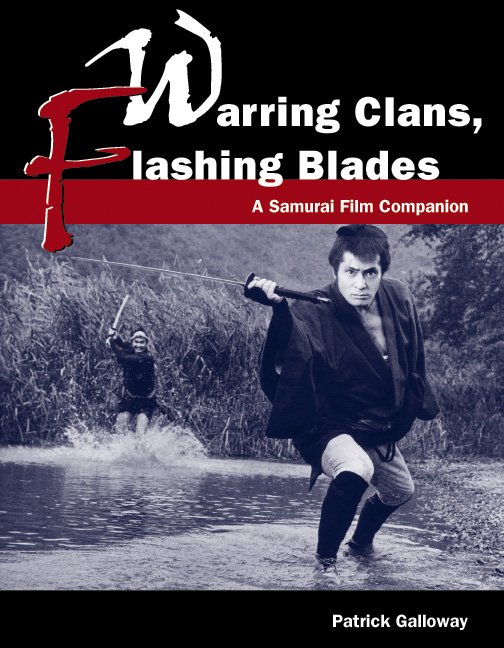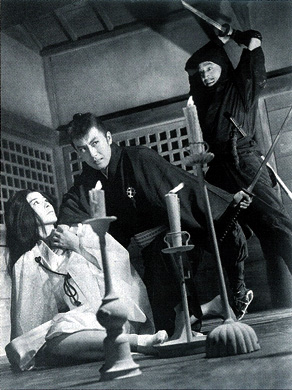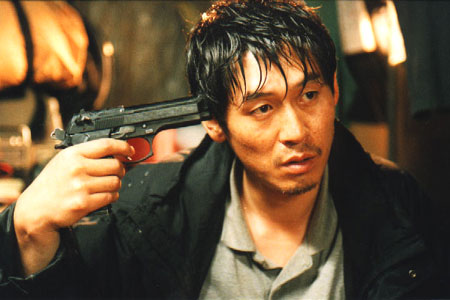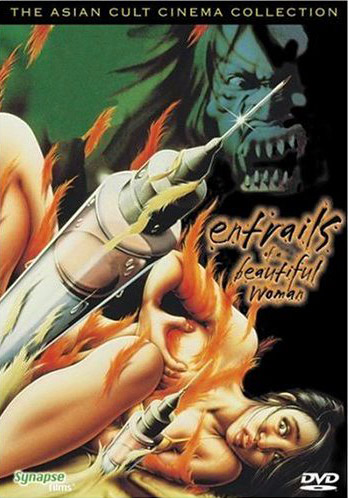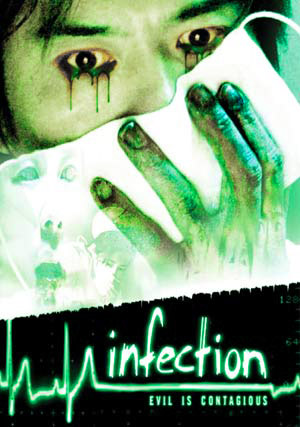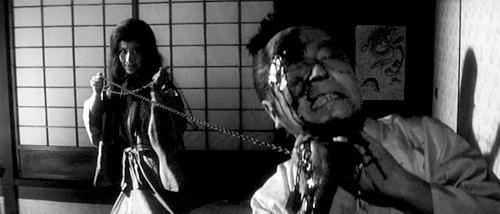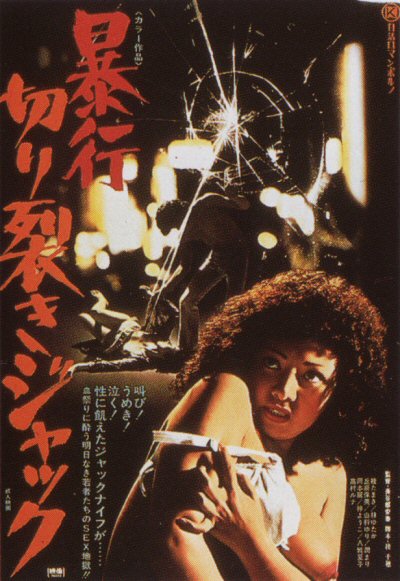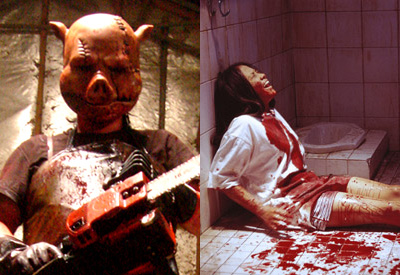
Or rather Palisades Tartan, as the US-based Palisades Media Group has seen fit to resurrect the venerable UK Tartan DVD label (following its lamentable demise last Summer). Why should you care about this? Because of the many great films in the Tartan Asia Extreme catalog including
Audition,
Battle Royale, Dead or Alive, The Eye,
The Happiness of the Katakuris, Hard Boiled, Infernal Affairs, The Isle, Joint Security Area, Marebito, Oldboy, Phone, Ringu, Shiri, A Tale of Two Sisters, Tell Me Something, Tetsuo: The Ironman,
Three... Extremes, Triad Election, Versus, and Visitor Q (all of which you should have seen by now).
The good folks at PT were nice enough to send me the first two releases from the revivified Asia Extreme line, so it behooves me to oblige them (and you) with a review. The two titles are
P (2005, Thailand) and
The Butcher (2007, South Korea).
P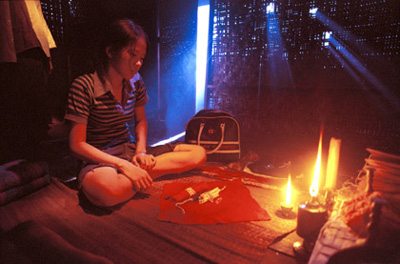
Yeah, I know, I hate the title too. Letters, numbers, they make even worse movie titles than vague crap like
State of Play or
Away We Go. In this case, P is the name of a particular go-go bar in the Soi Cowboy section of Bangkok. Soi Cowboy is where all the
farangs (white foreigners), as well as hordes of Japanese and other Asian guys, go to pay for sex. (Check out a novel called
Bangkok 8, you'll spend a lot of time there.)
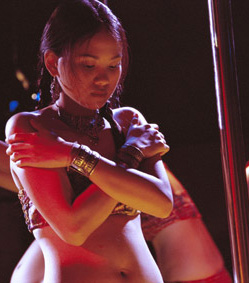
So what's a pretty young thing like Dau (Suangporn Jaturaphut) doing in a place like this? The usual: She's come from the provinces to earn money for her sick grandma back home. She's a virgin and none too pleased with the ugly turn her life has taken. First day on the job, she's turned out by the
farang owner of the bar, and, before long, she's dancing and servicing the customers like the rest of the girls. But our little Dau is not your typical country bumpkin-turned-Bangkok-pro. Since childhood, her grandmother has schooled her in the ways of Khmer sorcery, and right about now she's deciding she's had enough, and it's time for others to start suffering ...
Unfortunately, our Miss Dau breaks certain cardinal rules laid down by grandma, and winds up releasing a demonic doppelganger that goes on gory killing sprees while she sleeps. Things get out of control and, well you'll see.

I would categorize this film more as "supernatural drama" than straight-up horror. For one thing, Suangporn Jaturaphut is just too cute to be all that frightening, for all the efforts of the lighting and effects guys. And the tone of the film is more mellow, gentle even, than a horror film should be. This I attribute to writer/director/editor Paul Spurrier, a British former child actor who seems more interested in relationships and cultural resonances than scaring the shit out of you. Which is fine by me -- he does an admirable job, and, once I adjusted my expectations, I found myself really enjoying the picture. But then again, I'm a sucker for Southeast Asia ...
The Butcher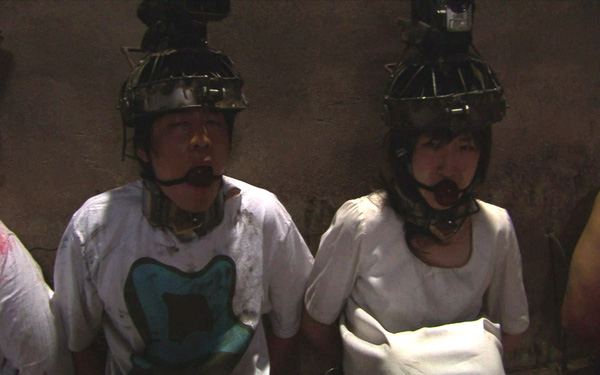
I've said it before and I'll say it again: No wonder real snuff films cost so much -- the fake ones are crap! Or perhaps I'm just not the fake snuff film type. Because as fake snuff films go, you can't really fault
The Butcher. Its innovative use of first-person P.O.V. (via a head-mounted camera) puts you in the driver's seat (or rather under the wheels of the car) as the victim of a trio of relentless psychos with cameras (one of whom wears a pig's head the whole movie and squeals accordingly). First you quake with fear as a couple of your fellow victims are dragged away to another sector of the dilapidated industrial compound in which you're being held, only to hear their agonized screams accompanied by the unmistakable sound of a laughing chainsaw. You and your wife are next ...
All sorts of nastiness ensues, and it really is unbearable. Unbearably boring, that is. And annoying. I can only take so much incessant, horrified screaming. I had to turn the volume way down low just to get through it (I don't know how the crowd at last year's New York Asian Film Festival managed it). Here we have methodical violence pushed to it's furthest extreme, and after 75 minutes one hits upon a philosophical truth: Brutality is ultimately mundane. There's nothing particularly inventive about cutting someone's hand off or pulling out their entrails and their eyeballs. Shocking? Sure, but once you get past the shock, where do you go from there? Nowhere, that's where. But hey, that's just me. Like I said, I'm not the torture porn type.
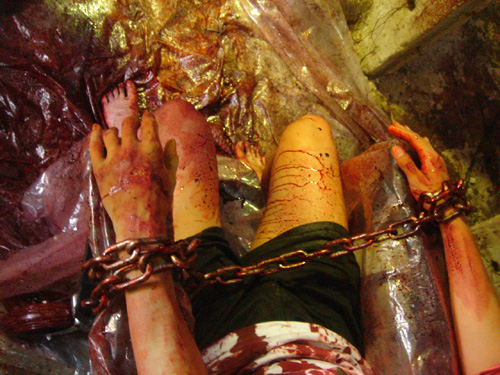
I'll give
The Butcher credit for improving on the notorious
Guinea Pig movies. This being a Korean film, the ferocity factor is definitely jacked up past the threshold of that Japanese franchise, making the latter look positively sedate in comparison. If you liked the
Guinea Pig flicks, you'll likely go gaga for this. I can't say how it might compare with those horrendous
August Underground films, of which I've only read in the pages of
Rue Morgue Magazine -- I'll leave such decisions to the true gore hounds out there.
According to the press materials,
The Butcher will be released October 27th, just in time for Halloween. Good thing, that, because this would be a great film to have on while kids are coming to your door for handouts. All the screaming will create great
ambiance, and a glimpse of the screen will surely freak their little worlds. Just hope some concerned parent doesn't pull a Charlie Sheen and call the police!
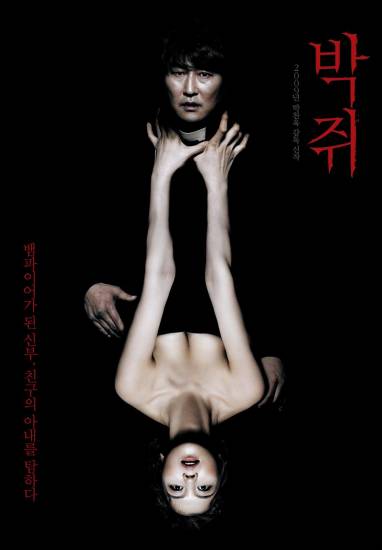 Who says vampires can't get it on? Not me, and certainly not Park Chan-wook, Korean auteur extraordinaire (The Revenge Trilogy, JSA, Three ... Extremes). He's also jettisoned the whole fang thing, but otherwise the standard lore is in place (the blood is the life, no sunshine, superhuman strength, etc.). And yet this one element, sex, opens things up considerably, plot-wise, making for a more intimate, complex and unpredictable story of a man, a woman, and their sexual/vampiric relationship.
Who says vampires can't get it on? Not me, and certainly not Park Chan-wook, Korean auteur extraordinaire (The Revenge Trilogy, JSA, Three ... Extremes). He's also jettisoned the whole fang thing, but otherwise the standard lore is in place (the blood is the life, no sunshine, superhuman strength, etc.). And yet this one element, sex, opens things up considerably, plot-wise, making for a more intimate, complex and unpredictable story of a man, a woman, and their sexual/vampiric relationship.

